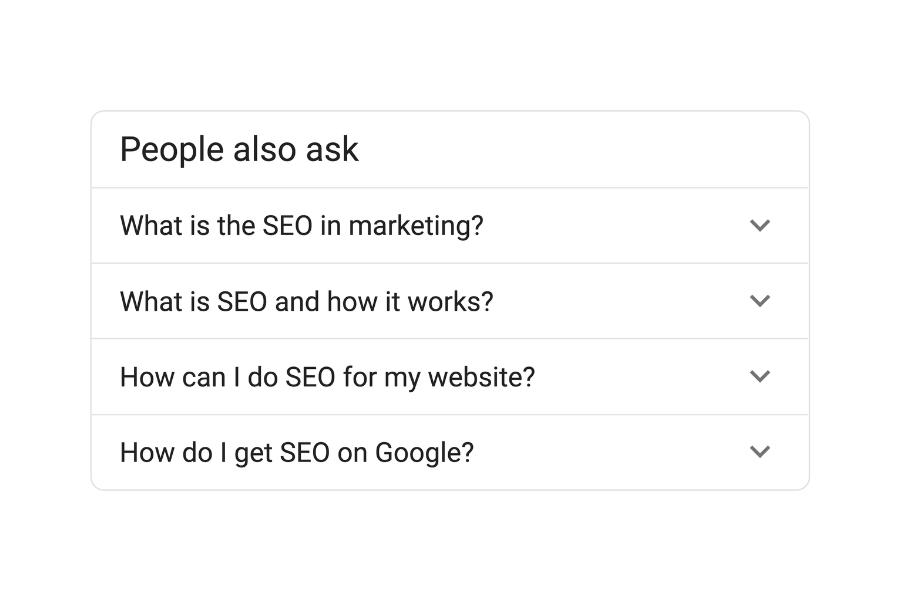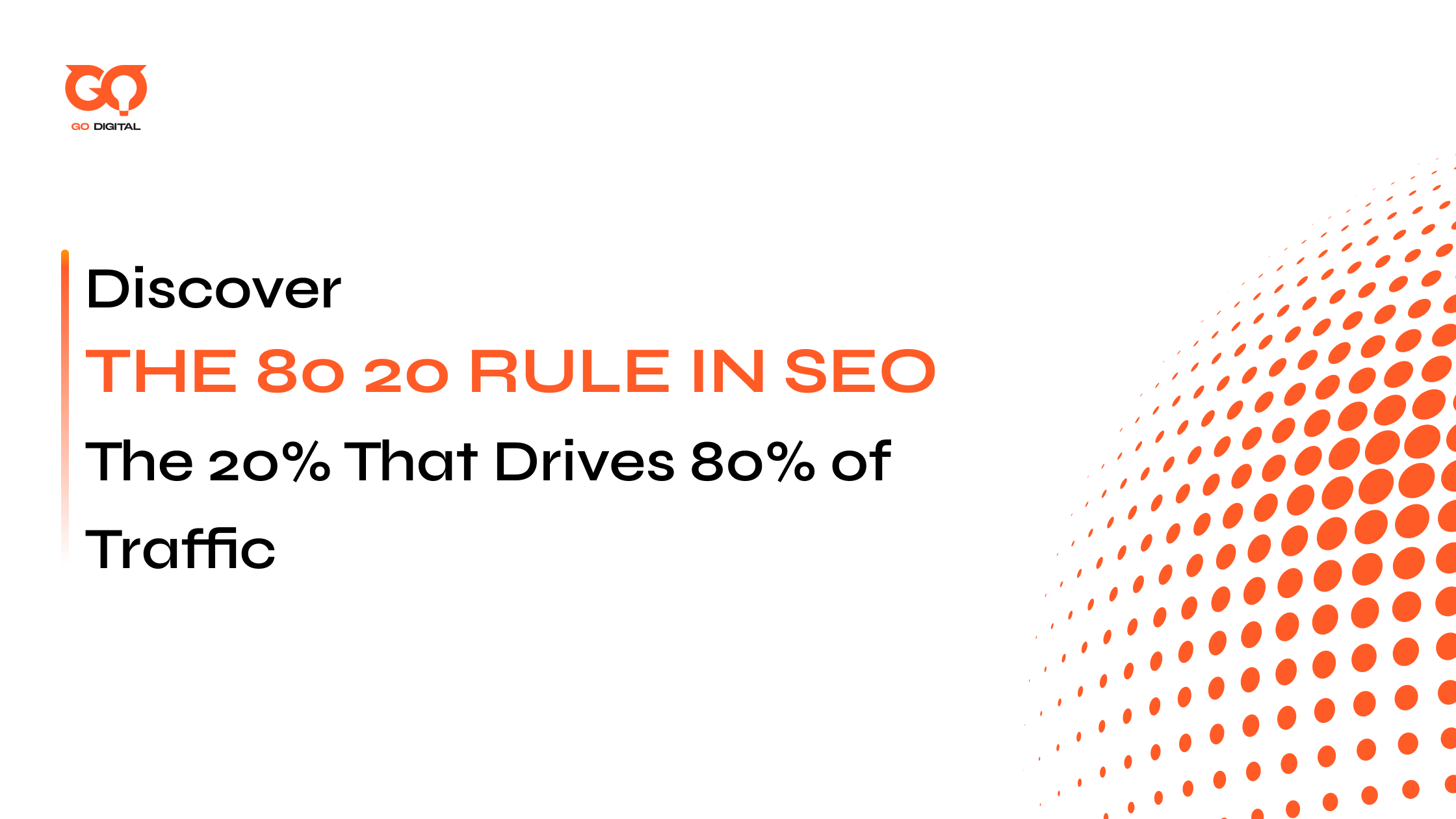Let’s be honest: ranking on Google isn’t about gaming the system or stuffing in magic keywords anymore. What actually matters? Figuring out what people really want when they hit that search bar—and then giving it to them, plain and simple. I learned this lesson the hard way, but once you start focusing on search intent, everything gets easier (and a lot more fun).
This guide is all about how to optimise for search intent in real life—tried, tweaked, and proven.
1. What Is Search Intent?
Let’s get straight to it—search intent is what people really want when they type something into Google.
It’s not just about keywords. It’s about the goal behind the search: Are they looking to learn, compare, buy, or just get somewhere fast?
When you answer their true intent, your content instantly becomes more useful, more discoverable, and way more likely to rank.
Bottom line? If you know what someone is hoping to find, you can create content they’ll love—and Google will love it too.

Definition of search intent and why understanding user goals matters for SEO
2. The Main Types of Search Intent
When people search, they’re usually after one of four things:

Four types of search intent
- Informational: They want answers—“how,” “what,” “why.”
- Commercial: They’re sizing up options, comparing products or solutions.
- Transactional: They’re ready to take action—buy, subscribe, download.
- Navigational: They just want to get to a specific site fast.
Why does this matter? If you match your content to their intent, you’ll meet readers exactly where they are—and keep them coming back for more.
3. How I Identify Search Intent
First, I Google the target keyword myself and check out the top results. I look closely at headlines and the type of content that’s winning—is it a how-to guide, a list, a review, or something else?

Step-by-step example of researching and identifying search intent
I always scan the “People Also Ask” and “Related Searches” boxes for extra clues about what people are really curious about. Tools like Ahrefs or SEMrush help me see what’s actually ranking and reveal common questions or pain points.
If it looks like readers want quick answers, I’ll create a step-by-step guide. If they’re comparing options, I’ll lean into pros, cons, and recommendations. Simple, but it works every time.
4. How to Optimise for Search Intent? Fast and Easy
Optimizing for search intent isn’t guesswork—it’s about meeting your readers where they are. I’ve found that when you nail their true needs, your content gets read, shared, and loved by Google.
Step-by-Step:
- Google your keyword: Look at the top-ranking pages and note if they’re guides, lists, or product reviews. The winning format almost always signals what users want.
- Dig for clues: Scan “People Also Ask” questions, related searches, and autocomplete suggestions. These show common pain points and deeper interests beneath the keyword.
- Match your content format: If searchers want advice, write a guide. If they’re comparing, build a clear, easy-to-scan list. Format is everything!
- Get straight to the answer: Hook readers by giving them the main info in your intro. No fluff—they came for solutions.
- Structure with smart H2s: Organize your page so each subheading tackles a real question or step. Sprinkle in related terms, but keep everything natural.
- Make it skimmable: Short paragraphs, bullets, visuals, and callouts guarantee your reader never feels lost. Quick answers win clicks and keep bounce rates low.
- Finish strong: End with a direct summary, key takeaway, or clear next step. Show you care that they found what they needed.
When you optimize every piece for real search intent, your writing stops fading into the background. People stick around longer, Google notices, and your content gets the kind of results that tools can’t promise. Intent first—always!
5. Common Mistakes When Optimizing for Search Intent
You’ve seen how dialing in search intent makes all the difference. But honestly, I’ve tripped over some classic mistakes along the way—and I know I’m not alone.
Common Pitfalls:
- Keyword stuffing: Jamming in every related phrase just for the sake of ranking—never works, and your readers spot it instantly.
- Copying competitors: If you simply mirror the top results, your brand’s voice gets lost. You have to add something new, something yours.
- Ignoring user questions: Letting tools guide every word means you’ll miss those real-world pains and wonder why nobody bites.
- Overcomplicating the message: Packing paragraphs with jargon or details leads to quick exits.
Every misstep taught me this: focus on solving for human needs first. The right intent unlocks trust, engagement, and results—so don’t let the tech tricks steer you away from what matters most!
6. Tool For Finding The Right Search Intent
After plenty of wins and a few fails, I’ve found my best results come from mixing hands-on research with smart tools.
First, I always start with Google itself—searching like my readers do helps me spot intent clues in real time. Then I dive into Ahrefs and SEMrush. These aren’t just for keyword ideas; they actually show me what’s ranking and why, plus all those sneaky related questions I’d miss otherwise.
For organizing insights, Notion or Excel is a lifesaver. I track target keywords, jot down audience frustrations, and even log the quirks I notice from competitor page structures.
It’s simple: real searches plus behind-the-scenes data let me connect the dots and build content that hits the mark.
7. Lessons And Advice
Looking back at all those tweaks and experiments, here’s what stands out: chasing keywords doesn’t work if you ignore what people truly want. The biggest wins always came when I focused on user intent first, not just what a tool told me.
Stay flexible—sometimes you’ll need to update old content for better intent-matching, and that’s okay. Every revision brings you closer to what your audience needs.
My advice? Listen to your gut, pay attention to actual reader behavior, and use the tools to support—not dictate—your choices. When you solve for intent, everything else falls into place. Just keep testing, learning, and sharing your wins!
At the end of the day, optimizing for search intent is about empathy, not just algorithms. When you truly solve for what your readers need, you’ll see more clicks, lower bounce, and, best of all, real connections with your audience.
Don’t worry if you stumble at first—I did too! The good news? Every article is a chance to get closer to what your reader wants. Trust your process, keep adapting, and watch your content come alive.

Jaden is an SEO Specialist at Golden Owl Digital. He helps brands rank higher with technical SEO and content that resonates






